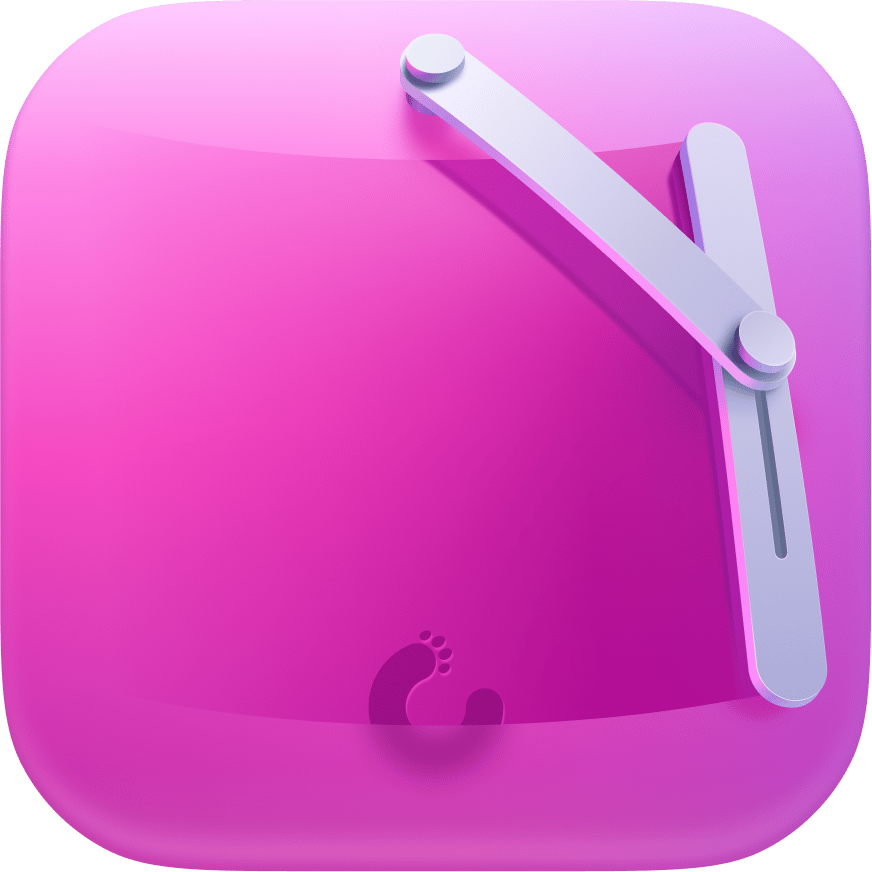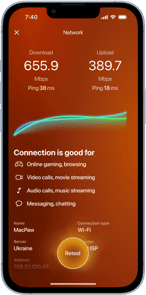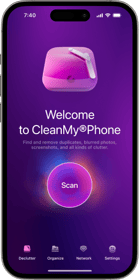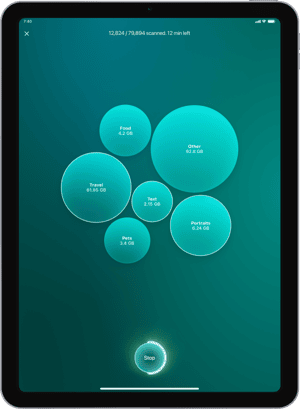If you’re currently using an iPhone X, then you know how great of a phone it is. And that alone may have you asking if you should upgrade. Keep reading, and we’ll compare the iPhone X and XS to see what stands between the two phones.
What’s the difference between iPhone X and XS?
If you were to hold an iPhone X and an iPhone XS side by side, you wouldn’t notice that many differences at first. They’re roughly the same size, with the exception of the XS being 0.1 oz heavier. But I guarantee once you start using the phones you’ll see the real difference. After using an iPhone XS, the first thing you’re bound to notice is the sheer speed of the device. Now, if you have an iPhone X, you know how fast that model is, so you’re probably wondering, “How much faster can an iPhone get?” And the answer to that is: a lot faster. In addition to speed, the differences between iPhone X and XS include:
- Upgraded storage
- Improved camera
- Better battery life
Let’s see how these differences in specs will actually affect your usage.
iPhone X vs XS: The Camera
This is a big one. The camera got a massive upgrade in iPhone XS in comparison with iPhone X. It has better low light performance, more focal points to improve the depth of your pictures, and the Camera app is just faster.

Even compared to how well it runs on iPhone X, the Camera app is so much faster thanks to some of the new specs on the XS. There is very little, if any, shutter lag. So as soon as you take a picture, the app is immediately ready to take another one. With the newly added focal points, you’re able to achieve a fuller and more accurate bokeh look in Portrait mode. If you’re into photography, even if you just like to dabble around in it from time to time, you’ll want to see how great the camera is on the XS.
iPhone XS vs X: The Performance
One of the biggest iPhone X and XS differences is the processor Apple has put inside. Now, I won’t bore you with the specifics, but if you thought the iPhone X was fast, just wait until you try running those same apps on an XS. Lag is almost non-existent.
That’s not to say you won’t still experience load times here and there, but what the new processor helps with is general non-responsiveness across the board. That means when you tap or drag with your finger, the action is triggered almost immediately.
And if that wasn’t enough, the iPhone XS also has improved graphics performance, so games and other graphics-heavy apps are now lightning quick.
iPhone X vs iPhone XS: The Battery
A common critique with iPhone X when it first came out was its battery life. It was a smaller device than the previous plus-sized iPhones, which meant it had less room for the battery. So you had a smaller battery with a bigger and brighter screen, which is obviously the recipe for poor battery performance.
Thankfully, with iPhone XS Apple took the feedback to heart and was able to squeeze an extra 30 minute to an hour out of the battery. Which may not seem like a lot up front, but if you’re someone whose life is tethered to their phone, then any extra bit helps.
So should you upgrade from iPhone X to XS?
There’s no right or wrong answer to this. If there’s something wrong with your current iPhone X, say one of the buttons is broken, then yes, upgrading to the iPhone XS is totally worth it.
If you’re happy with your iPhone X and it’s still working just fine, there might not be any reason for you to rush it and upgrade right this second. The iPhone XS is a nice little improvement from the previous model, but there’s no reason you couldn’t wait until there was truly something wrong with your iPhone X.
Hopefully, seeing the iPhone X and XS comparison helped frame what you’d be getting by upgrading to the most recent model. There are a lot of great reasons to upgrade and equally as many to keep using the iPhone X. And I guess the final argument that might persuade you to upgrade is if you’ve absolutely been dying to have a gold iPhone. If that’s the case, you should upgrade to the iPhone XS right now!










